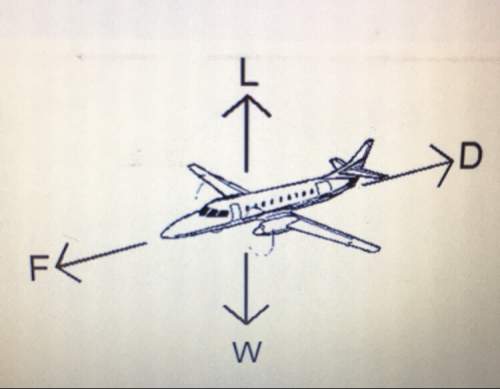
Physics, 10.05.2020 05:57 dixonmckenzie4636
A runner accelerates uniformly from rest and reaches the finishing line with a speed of 15m/s. wt is his avg speed throughout this run??

Answers: 2


Other questions on the subject: Physics

Physics, 22.06.2019 10:40, rainbowboi
As you are trying to move a heavy box of mass m, you realize that it is too heavy for you to lift by yourself. there is no one around to , so you attach an ideal pulley to the box and a massless rope to the ceiling, which you wrap around the pulley. you pull up on the rope to lift the box. use g for the magnitude of the acceleration due to gravity and neglect friction forces. once you have pulled hard enough to start the box moving upward, what is the magnitude f of the upward force you must apply to the rope to start raising the box with constant velocity? express the magnitude of the force in terms of m, the mass of the box.
Answers: 1

Physics, 22.06.2019 15:50, ksiandua07
An object with initial temperature 130 ∘ f is submerged in large tank of water whose temperature is 50 ∘ f . find a formula for f ( t ) , the temperature of the object after t minutes, if the cooling constant is k = − 0.2 . remember newton's law of cooling (the rate of change of temperature with respect to time is equal to k times the difference between the temperature of the object and the surrounding temperature) ! : )
Answers: 1

Physics, 22.06.2019 19:40, flore9584
Which of the following is a characteristic shared by both electron and light microscopes? a. they both employ the use of objective lenses. b. both microscopes require an internal camera to visualize the specimen. c. both microscopes have a resolving power of 0.01 nm. d. they both utilize white light to magnify the specimen.
Answers: 2

Physics, 22.06.2019 22:20, hailey5129
The starship enterprise is caught in a time warp and spock is forced to use the primitive techniques of the 20th century to determine the specific heat capacity of an unknown mineral. the 125-g sample was heated to 96.3°c and placed into a calorimeter containing 85.9 g of water at 20.0°c. the heat capacity of the calorimeter was 14.2 j/k. the final temperature in the calorimeter was 24.5°c. what is the specific heat capacity (in j/g°c) of the mineral? enter to 4 decimal places.
Answers: 1
You know the right answer?
A runner accelerates uniformly from rest and reaches the finishing line with a speed of 15m/s. wt is...
Questions in other subjects:

Mathematics, 24.04.2021 23:20

Geography, 24.04.2021 23:20



English, 24.04.2021 23:20

Mathematics, 24.04.2021 23:20



Health, 24.04.2021 23:20

English, 24.04.2021 23:20




